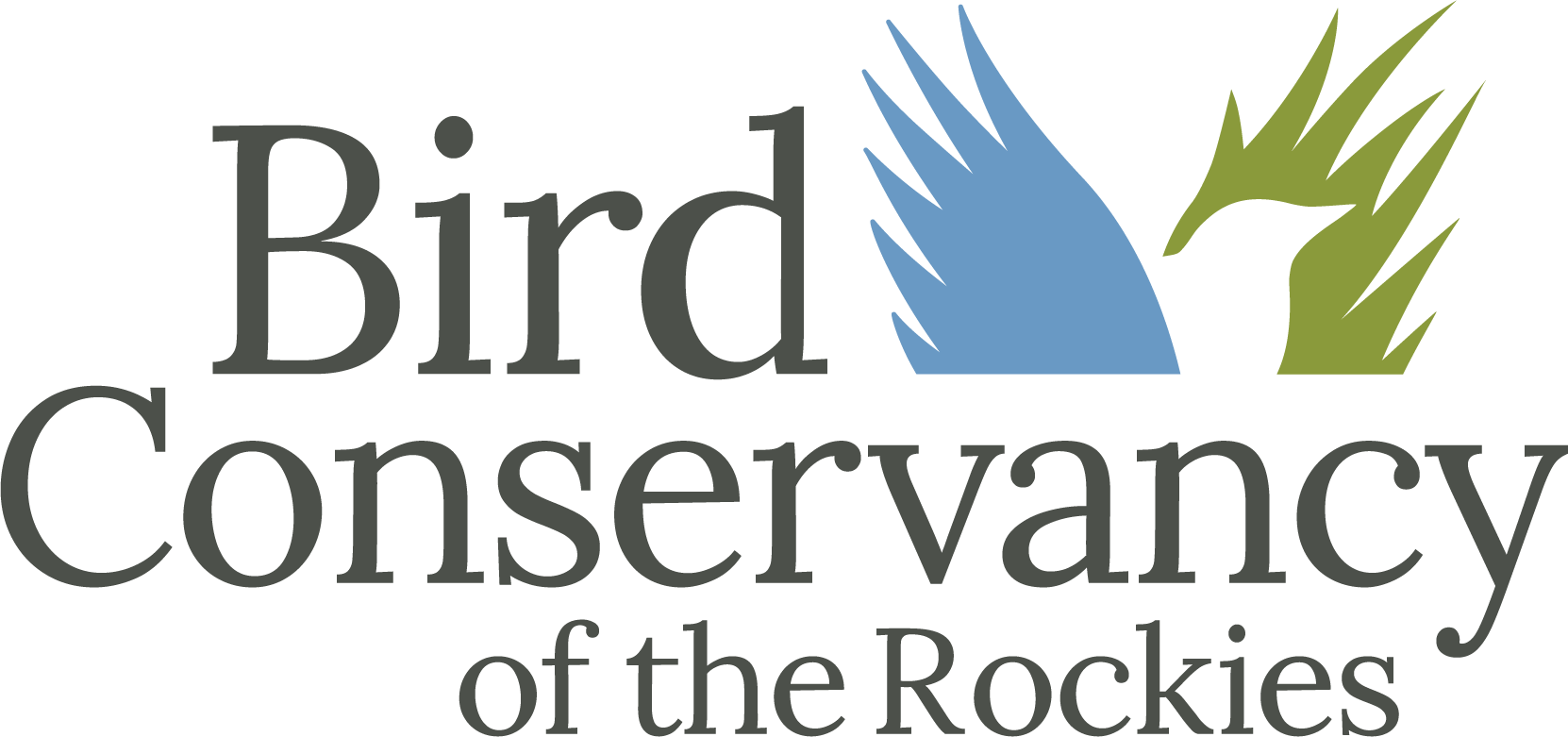Long term data sets are critical for understanding trends and changes in our world. The inspiring story of Billy Barr and his knack for writing down everything is just one example of how everyone can make a contribution to science in their own way.
Bird Conservancy is finishing up another winter of grassland bird monitoring in Mexico, using radio-telemetry to study survival rates of Baird’s and Grasshopper Sparrows. We follow them to get an inside view into their lives, and sometimes feel a bit like sparrow paparazzi!
Bird Conservancy is deploying sophisticated acoustic recording devices as part of the Mexican Spotted Owl monitoring program in Arizona and New Mexico.
Unlocking the mysteries of birds and their full life cycle is vital to understanding their conservation needs. In today’s post, Development Director Sonja Macys shares her passion for birds and invites you to get involved as a supporter of our important work.
Bird Conservancy of the Rockies just completed a second summer season studying breeding season survival in adults and juveniles of nesting Baird’s and Grasshopper Sparrows in the Northern Great Plains of North Dakota and Montana.
In 2013, two Osprey nicknamed Rainbow and Shadow from the Grand Lake area were fitted with tracking locators to help us understand their migratory habits. Three years later, the adventure continues!
Last year, Bird Conservancy led an exciting new effort to survey and inventory colonial waterbird populations in North Dakota. The inventory and associated population information produced from this project will provide baseline data for future monitoring efforts, as well as contribute to regional and national waterbird conservation efforts. Here’s the scoop!
This photo journal highlights the most recent winter field season monitoring grassland birds in the Chihuahuan Desert in Mexico. Teaching telemetry, radio tracking Grasshopper Sparrows and assessing predation/mortality rates are all a major part of this program.
The Integrated Monitoring in Bird Conservation Regions (IMBCR) program is one of the largest bird monitoring programs in North America, covering a work area of 450,545 square miles across all or parts of 13 western states in the U.S. 2016 will see a major expansion of IMBCR in partnership with Playa Lakes Joint Venture. Growth of the program complements monitoring efforts in the Northern Great Plains and promises encounters with even more bird species.
Not so long ago, seeing a bald eagle in Colorado might have felt like a once in a lifetime event. Today, thanks to dedicated conservation efforts and continual monitoring, the population of these majestic birds is recovering. In this post, Citizen Science Coordinator Matt Smith explains why the future looks bright for Bald Eagles.


